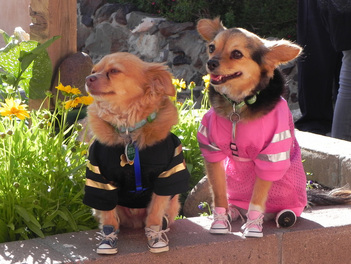
Instead of taking Interstate 25 from Santa Fe to Albuquerque we meandered along Arizona Highway 14. Stopping whenever the spirit moved us. The travel time increased from one hour to five but we had a lovely day.
Highway 14 is a National Scenic Byway known as the Turquoise Trail because it passes through the former mining towns of Cerrillos, Madrid and Golden.
The town of Cerrillos was founded in 1879 but the Native inhabitants used the lead deposits in this area more than 300 years earlier. The presence of Turquoise brought the Spanish explorers to this area. There is Cerrillos Turquoise in the Spanish Crown Jewels. By the mid 1880’s gold, silver, lead, zinc, and turquoise were all being mined here. This now dusty town that once was home to 3,000 miners now has a few hundred residents. Today it is just a dusty old town that only comes alive when the day-trippers arrive from Sante Fe. The buildings on Front Street look like a movie set and have starred in 13 movies. We stopped at the most bustling establishment in town the Mining Museum/Petting Zoo/Scenic Vista/Gift Shop. The mining museum was filled to the rafters with the detritus left behind by the miners.
Next up was Madrid. Madrid was a coal-mining town, then a ghost town and now is filled with interesting shops, galleries and restaurants. Its real treasure is its people, the shopkeepers and residents who are a happy talkative bunch of folks. A throwback to the 60's and 70's. It is just fun to walk around and chat.
When they say that the view from the top of Sandia Peak outside of Albuquerque is breathtaking they mean it literally. At 10, 600 feet you are gasping for breath just walking to the lookout point.
The drive up to the peak and back down is also a treat especially if you have been in the southwest so long that you might have forgotten what woods look like.
Looking down on Albuquerque from above the first thing you notice is how spread out it is. This is especially evident having just come from Santa Fe, which seems downright provincial in comparison.
An hour later when we were seated on a bench on the Old Town Plaza the differences were all the more evident. The establishments around the Santa Fe Plaza are filled with high end art galleries, jewelry and clothing. During few hours we spent in and around the Plaza in Old Town Albuquerque we witnessed two weddings take place at the bandstand a festival at the Church and as we were leaving a group of transplanted Filipinos were about to begin dancing and were encouraging us to stay and watch. This is also where we saw the two be-sneakered dogs outside the Church.
Ben arrives tomorrow for a week. We are looking forward to having him with us.
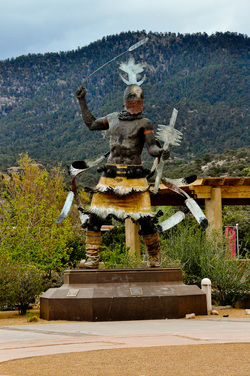


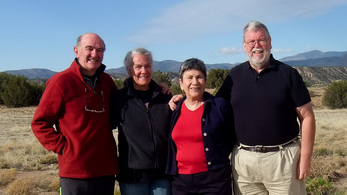

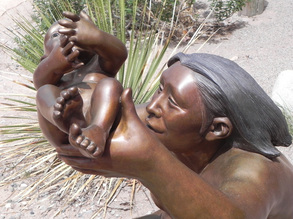
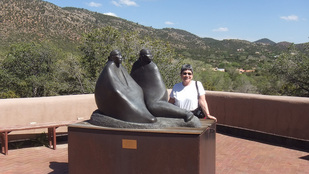
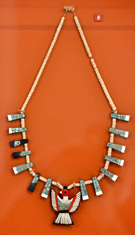
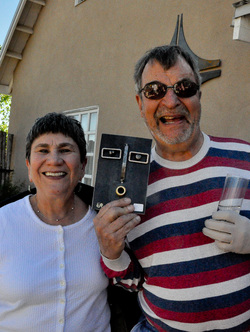
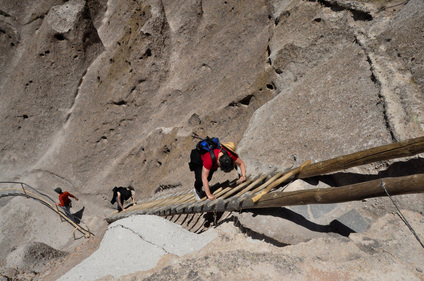

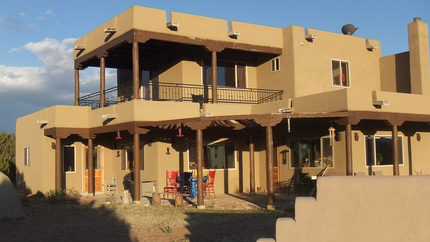

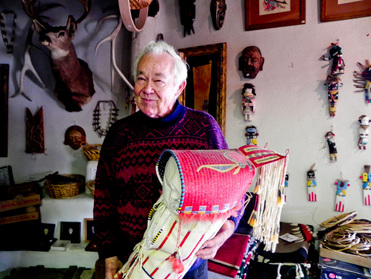
 RSS Feed
RSS Feed